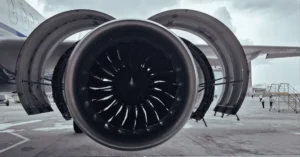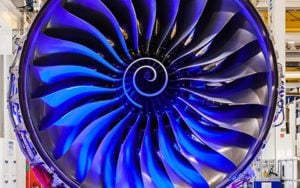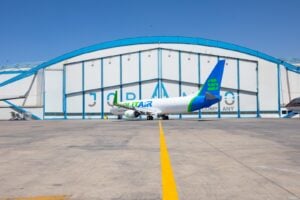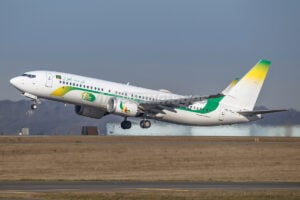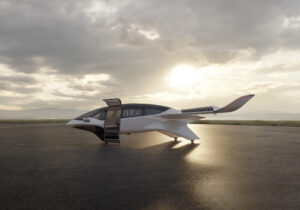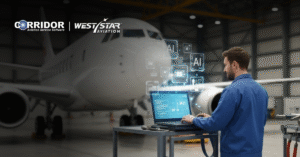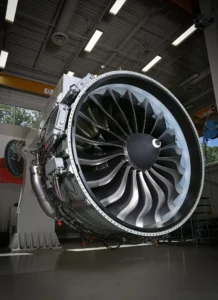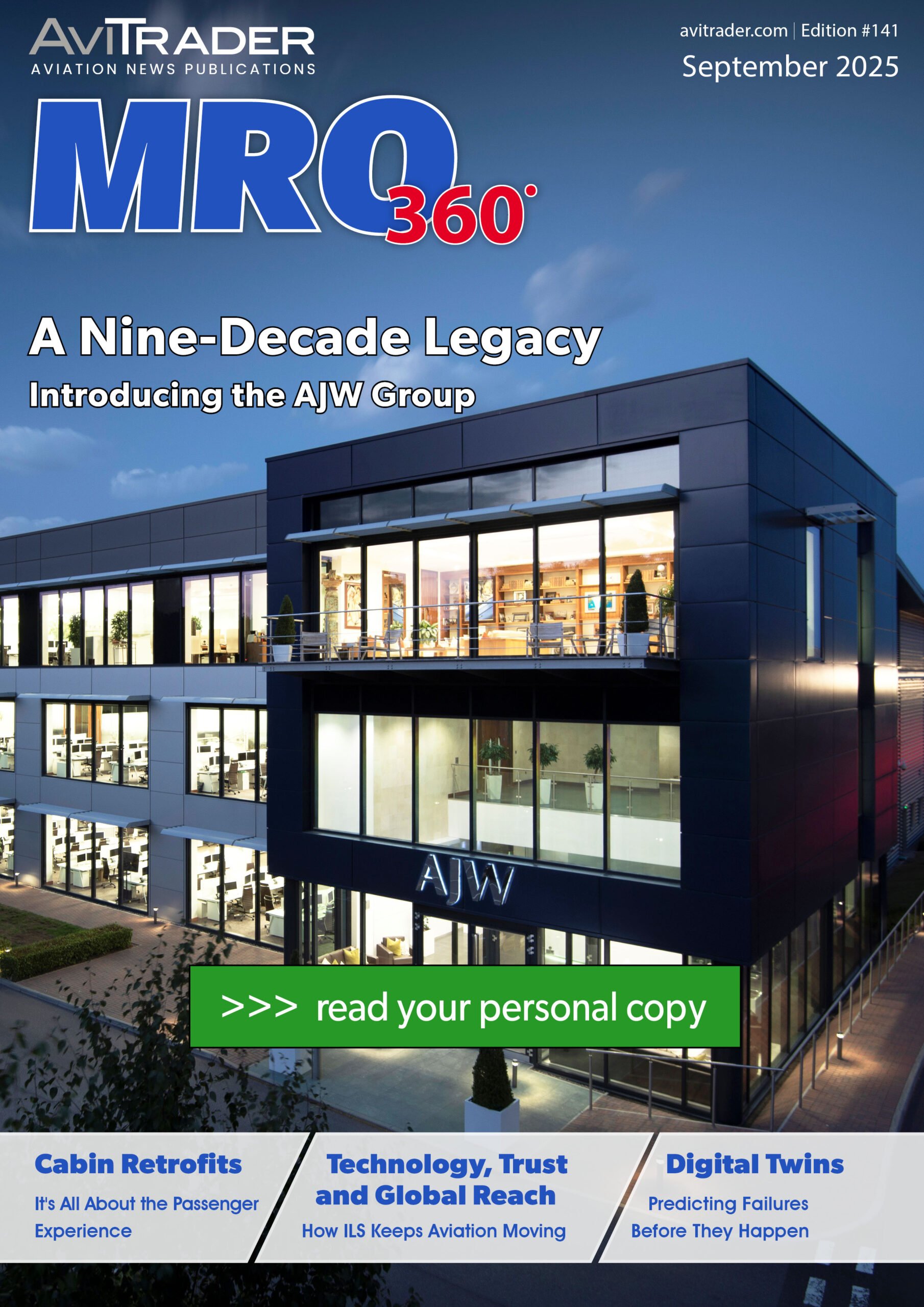Written by Giuseppe Renga, CEO of AMROS Group and Co-Developer of LISA Aircraft Records Management – the innovative, AI-powered, digital solution designed specifically for airlines and lessors. AMROS Group has managed over 700 aircraft transitions worldwide, with more than 100 of those utilising LISA to streamline operations and maximise asset value.
Shiny new aircraft tend to steal the spotlight with their sleek designs, state-of-the-art technology, and promises of efficiency. They capture the hearts of passengers and engineers alike. But behind the curtain of innovation, an often-overlooked reality persists: the skies are still full of aging aircraft.
While everyone’s admiring the latest jets, there’s a quiet revolution that needs just as much attention: the digitalisation of older aircraft. They might not sparkle like the latest generation of jets, but older aircraft still carry the weight of responsibility — and an ROI opportunity!
Here are five reasons why digital transformation isn’t just a ‘nice-to-have’ for older aircraft — it’s essential:
1. Older Aircraft as Part-Out Candidates
As aircraft age, many are retired and broken down into parts for resale. In this phase, value depends almost entirely on documentation. Accurate, verified records for components make them easier to sell and more valuable to buyers. Digitised records simplify this by making every detail instantly available, from installation to the last service.
2. Managing Extensive Records
The older the aircraft, the bigger the “paper mountain.” Decades of logbooks, service reports, and modification records pile up, and often spread across continents and boxes. Digitalisation transforms this chaos into searchable, organised data. Not only does this save time, but it also minimises human error and protects against the risk of lost or damaged documents.
3. Ensuring Records Transparency
Incomplete or unclear records are a deal-breaker in aircraft leasing, sales, or audits. For older aircraft, this is especially risky, as many documents may be handwritten, duplicated, or missing. Digital records bring clarity. Stakeholders gain full visibility into the aircraft’s history, enabling faster transactions, easier inspections, and fewer disputes.
4. Addressing Reliability Issues
Let’s face it: older aircraft need more maintenance. But that doesn’t mean they’re unreliable — not if you can see the patterns. Digital records unlock predictive maintenance strategies by analysing historical data. With the right tools, operators can spot trends, forecast issues before they occur, and schedule maintenance more efficiently, reducing downtime and costs.
5. Enhancing Asset Value
The value of older aircraft is significantly influenced by their maintenance history and component condition. When those records are digital, structured, and verified, they become a strategic asset. Investors, lessors, and buyers gain confidence, and owners maximise returns right up to — and even beyond — the aircraft’s final mission.
Smart Gains from Going Digital
- 24/7 Access Anywhere: No more digging through boxes. Authorised users can access critical records instantly — whether they’re at HQ, on the tarmac or sipping on their drink by the pool.
- Back-to-Birth Traceability: Every part, every certificate, every inspection clearly documented from day one.
- Regulatory Readiness: Digital records make audits smoother and compliance quicker. Regulators appreciate structured and transparent data.
- Better Decisions, Faster: Clear data enables better planning, smarter investments, and fewer surprises.
In a world where data is everything, leaving decades of aircraft history in dusty binders isn’t just outdated, it’s risky. Older aircraft may be approaching retirement, but digitalising their records gives them a second life: in part-outs, in resale, and in maximising value until their very last flight.






